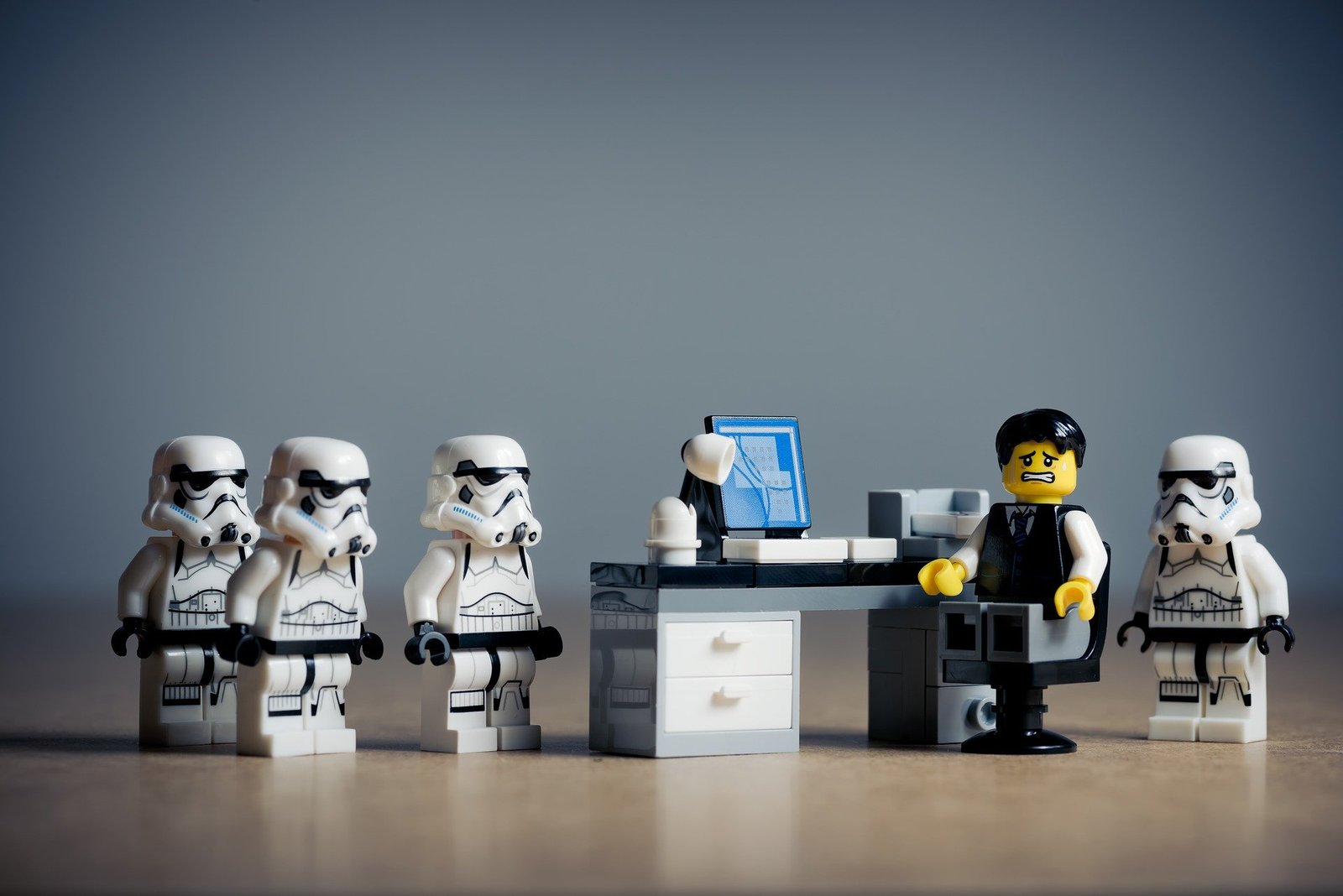Delivering the experience
This might be counterintuitive for some, but to develop and deliver a good customer experience, you will need to start with the end goal in sight and work your way back to create the best journey for your customers. You need to know what your customer’s goals and desired outcomes are. Once you know these, you can work backwards through everything you’ve done up to this point and ensure that your customers desired outcomes align with your own.
Working backwards also allows you to know what the end condition or win-state is for your customers. From here you will have a better understanding of what gameplay to use and which game mechanics you need to implement to engage your customers effectively.
Some examples of how gamification works with your customer’s experience journey are by gamifying the product exploration of what you offer. Not every customer may know what they specifically want from you, so making this step more enjoyable will help them focus and engage with your brand. It may not be gamification in the strictest sense, but Apple does a very good job of making the product exploration for things like their iPad a visually fun experience.
Other ways to gamify is by creating an interactive journey for your product, much like Autodesk did for their free trial software for 3dMax. Or gamify the marketing experience, or create an interactive troubleshooting system for your customers, this can also improve the overall customer service experience for them as well.
Within these, you can consider using some short-term gamification techniques such as implementing progress indicators, personalised avatars and loyalty program systems. These should be there only to aid in engaging your customers and support everything else you are doing for your customer, and not simply empty, shiny objects to trick a customer into staying.
With that said, also bear in mind that the experience does not need to be, nor should it be something complex. Customers specifically enjoy simplicity, ease of access and fun when they choose to undertake an experience.
When delivering your customer experience, the journey will likely take place across multiple platforms and channels nowadays. Remain aware of this, as customers will come from everywhere and you must customise for each avenue and maintain the same level of quality for each channel. The main focus for many organisations at the moment is on mobile customer experiences, and that many customers prefer a self-service experience when dealing with this platform. This is a great intrinsic motivator, as customers want to feel in control over their choices, and rightly so. Therefore incorporate ways to empower them and let them feel a sense of Mastery over the experience that you are offering.
If you wish to explore in greater detail developing an experience journey, then in our book Press Start we take you step-by-step through a larger framework on developing an experience journey for your customers.
Customer feedback
The penultimate aspect of any customer experience is customer feedback. You need to always be checking in with your customers. You may think that they will get annoyed if you keep checking in, but loyal customers want to give feedback on their experiences, especially if they feel and know that their feedback is being listened to and acted upon.
Ensure that you do regular feedback assessment runs, I would recommend at least once a month. Doing it once a year may be less work, but you will not have an accurate account of what your customer’s issues and pain points are.
In order to get feedback from your customers, the best tools to use still are ones such as surveys, or if you have the time and manpower, checking social platforms. You can also perform interviews with your customers and do focus group interviews (Griffin, D. & van der Meer, A. (2019) Press Start, p176). Another method is to use a Net Promoter Score system or NPS. It can be a very effective tool to determine the state of your customers.
Beyond the fact that your customers will feel involved in the process when you request feedback from there, it is also useful information for you and you should act upon it to keep improving the experience. The information gathered can be used to help educate and train your teams to improve their interactions with your customers. Using the knowledge you gain from the feedback, you could organise face-2-face training sessions, coaching and eLearning possibilities so that your teams can continue to improve is the best investment you can make for your organisation and continuing customer experience strategy.


